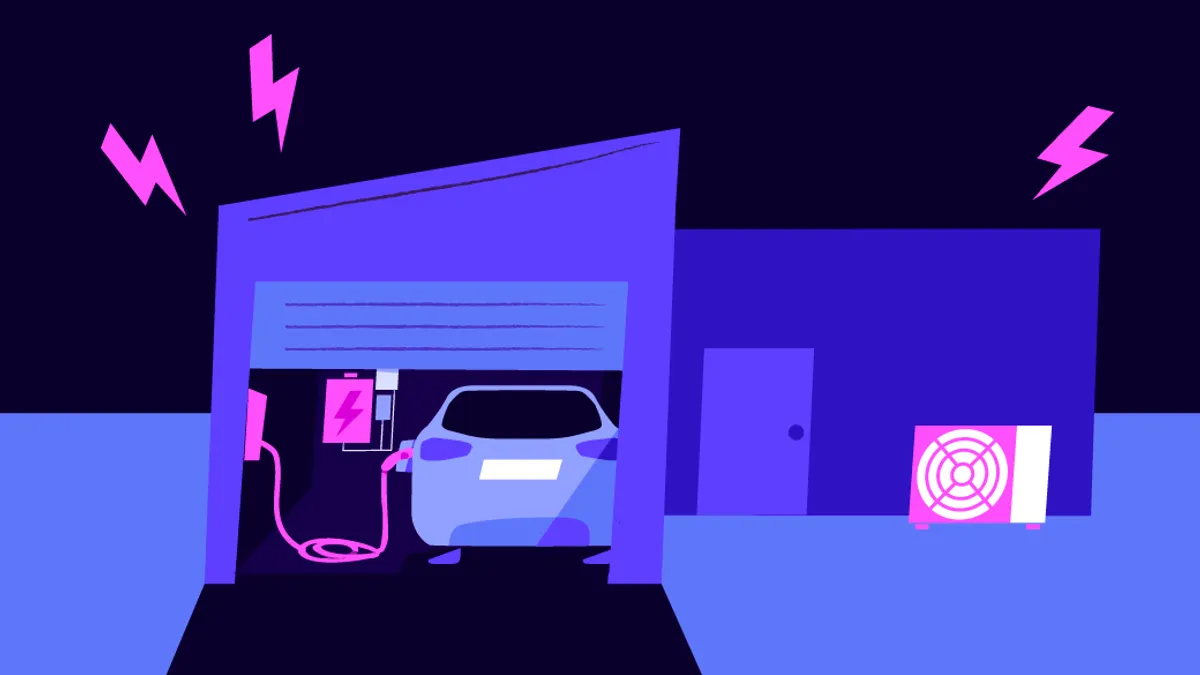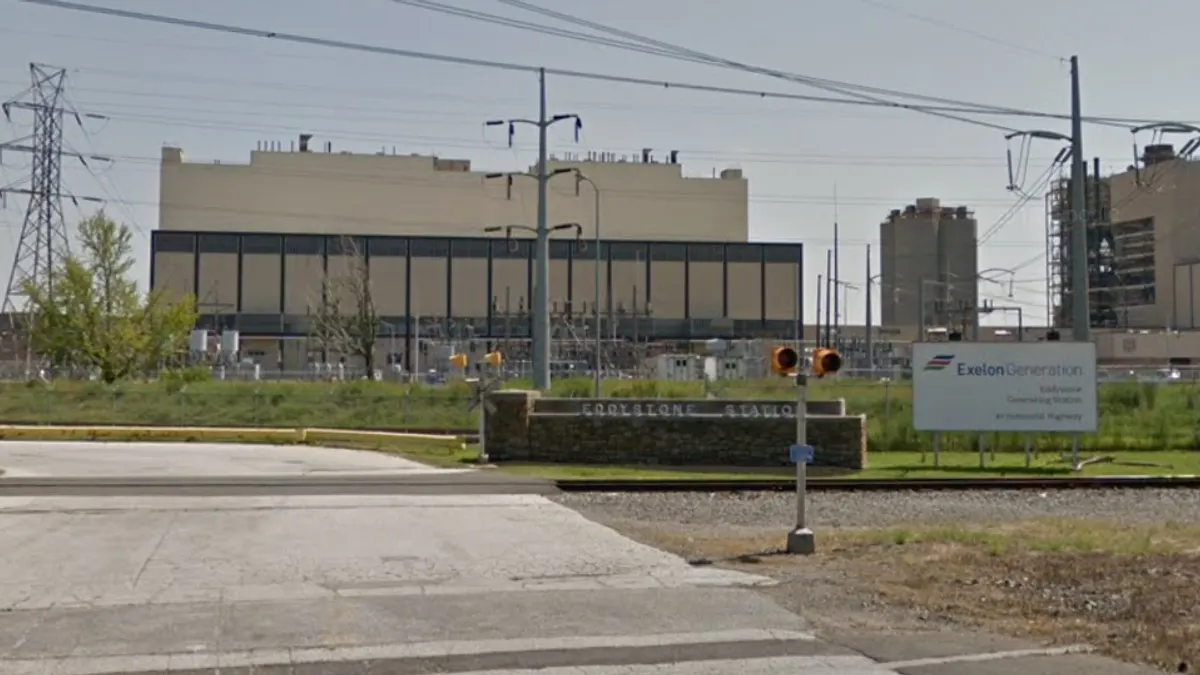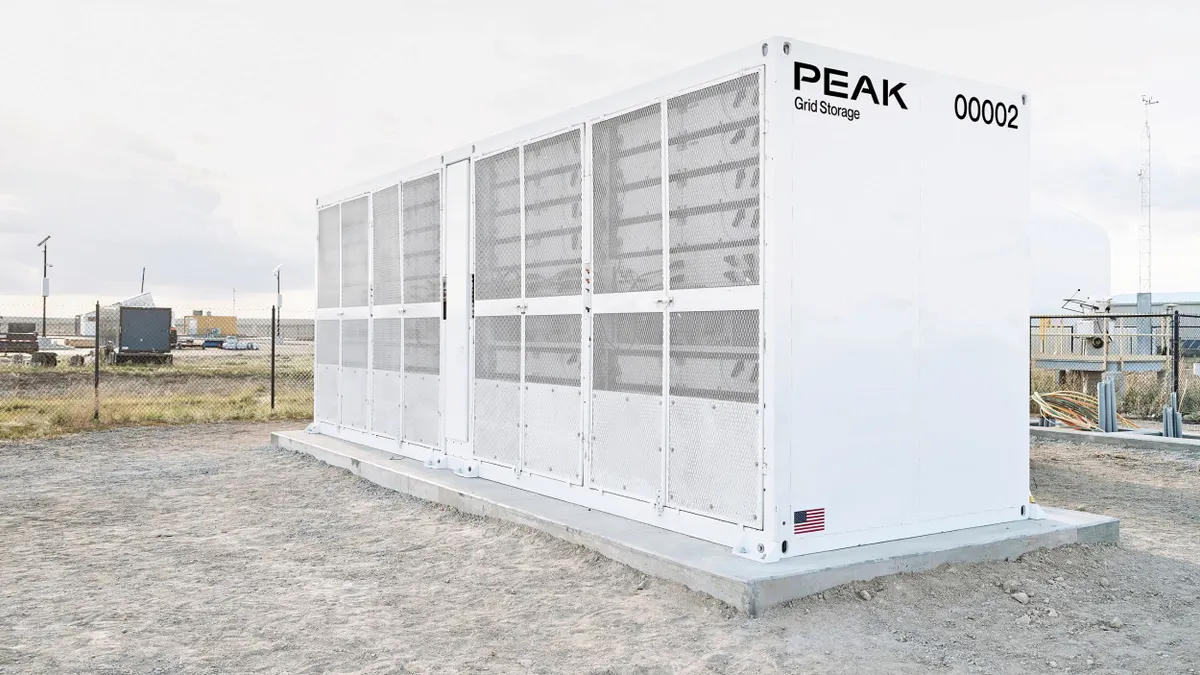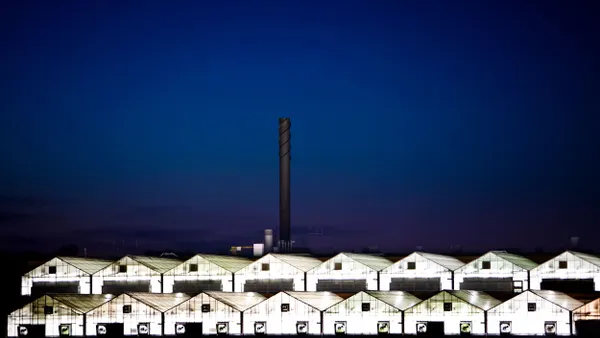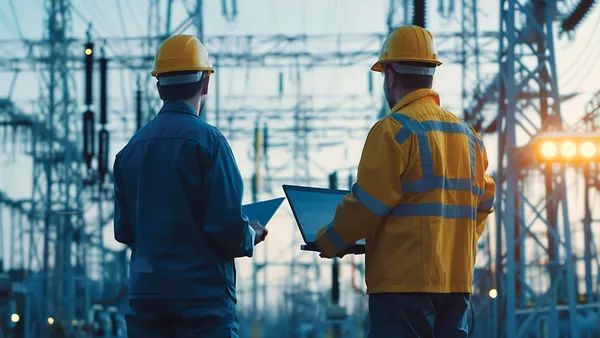The energy transition must engage people at every level. Not just utilities, regulators, investors, and technology providers, but active consumers, average consumers and (yes) apathetic consumers, too. And if people are going to become key participants in a decentralized grid, we’re going to need to understand what they want to get out of it.
So, Kraken teamed up with Economist Impact to ask them. The Empowering Energy Consumers Barometer surveyed 10,000 consumers across 10 countries to understand how the average energy customer sees the current landscape and their role within it. By better understanding consumer priorities, barriers and behaviours, the energy industry can design resilient systems that make sustainable choices more convenient and affordable.
Prosumers are already shaping the future of energy
The growth in consumer distributed energy resources (DERs) like electric vehicles, solar panels and home batteries, has created a new generation of ‘prosumers’ – households and businesses that consume and produce power (catchy).
This creates more complex energy usage patterns for utilities and grids to deal with. But effectively harnessing these DERs can unlock valuable energy flexibility, giving grid operators more power to influence supply and demand in a decentralized energy landscape.
Smoothing peaks in usage can save huge amounts in grid balancing and infrastructure costs. It also creates fresh opportunities for utilities, who can support grids with consumer-based flexibility schemes. Consumers themselves stand to gain as well, from better customer service experiences to lower bills, and the ability to get more from their tech via mutually-beneficial products and services. It’s win-win-win.
But what’s holding consumers back from buying into these devices and being more engaged with their energy overall? The Empowering Energy Consumers Barometer offers some insight.
1. People don’t have the full picture
Two thirds of consumers know how to access their energy usage data, but just one third understands the role that smart devices play in measuring and optimizing energy consumption automatically in the background of everyday life.
Consumers are unlikely to adopt new technology without access to reliable information, but the Barometer shows that reassurance from peers is also a huge factor. Half of 18-28 year olds get information about energy from friends and family, rising to 60% who get their information from social media – a wild west for credibility.
Utilities must take a more active role in communicating the benefits of DERs, especially when paired with programs that help consumers (and utilities themselves) make the most of these devices.
The research shows that technical or institutional publications are often seen as too complex or biased, highlighting the need for considered writing in the right format and on trusted channels. This goes hand in hand with utilities building trust more generally, via excellent customer service and reliable product interfaces.
2. Personal responsibility is low
The Barometer shows that a quarter of consumers think that the shift to greener energy should be the top priority for policymakers. But when making decisions about how to use energy at home, consumers ranked environmental impact halfway down a list of ten priorities.
A fifth of people say that changing their habits is a barrier to being more conscious consumers. Almost 40% of people are willing to do things like switch off lights to save money on their energy bills, but only 10% would invest in smart thermostats or heat pumps.
Unsurprisingly, people prefer doing things that take very little effort and will result in immediate savings – rather than making upfront investments that pay off over time. Utilities and technology that can incentivise small adjustments (and make the payoff visible) or automate more efficient usage behind the scenes will be key to driving real behaviour change.
Intelligent EV charging is a case in point for convenience. Left unmanaged, EVs threaten to put additional pressure on electrical grids as 9-5 workers come home, plug in, and charge up at the same time each evening. Intelligent charging programmes can reward drivers with cheaper bills by automatically shifting their charge to the early hours of the morning, whenever the grid is least stressed, and energy is cheapest. Low effort, high reward.
Products like these are already a reality. The UK’s largest electricity supplier, Octopus Energy, uses Kraken’s Operating System to power Intelligent Octopus Go, a bespoke rate which lets drivers decide how much charge they want by a certain time in the morning, and then go to bed safe in the knowledge their car will be ready for them when they need it.
The lessons of the Barometer are laid bare – consumers get cheaper pricing and a hassle-free, uncompromised driving experience.
3. Price is still king
Energy costs are the number one concern for energy consumers, and a key motivator in their decisionmaking. 58% of consumers cited concerns about cost as a barrier to shifting towards more sustainable energy consumption, and 36% said a lack of financial incentives was holding them back. The upfront costs of EVs, solar panels and heat pumps can be offputting, despite their potential to deliver savings over time.
The uptake for EVs in China can be attributed to consistent government investment in infrastructure, leading to lower overall costs for consumers – and an impressive EV ownership level hovering around 45%.
Combining consumer demands for convenience and value, dynamic Time-of-use (ToU) tariffs are gaining traction as another relatively low-effort and high-reward product. Kraken has partnered with United Illuminating in Connecticut and Southern California Edison to pilot domestic flexibility programmes, as well as supporting Octopus Energy’s smart tariff, Agile Octopus. With access to half-hour energy prices, consumers on this tariff can enjoy cheaper electricity when they shift usage outside of peak times (usually 4–7pm) and actually get paid to use energy during ‘plunge pricing’ events where wholesale prices drop below zero.
Equipping people with the right tools to see, adjust and automate their energy usage will help them participate in a smarter grid, but financial support, short-term incentives and tools that bring forward the value of long-term investments are another important piece of the puzzle.
Unlocking a consumer-centric energy transition
Coordinated action between governments, utilities, investors and regulators will drive the energy transition forwards. But consumers shouldn’t be a side note in the energy story – engaging them in their own usage, equipping them with low-effort ways to save and amplifying social signalling to engage whole communities is the key to deliver flexibility, reliability, and affordability today.
Explore the Empowering Energy Consumers Barometer for more insights from 10,000 energy customers. And join us at New York Climate Week to hear how industry leaders respond.
We’re hosting a Climate Week panel called Navigating headwinds: how utilities can adapt to demand, decentralisation and disruption on 23 September at 9–11am. Come and meet us to explore how Kraken is helping utilities turn these insights into action.

